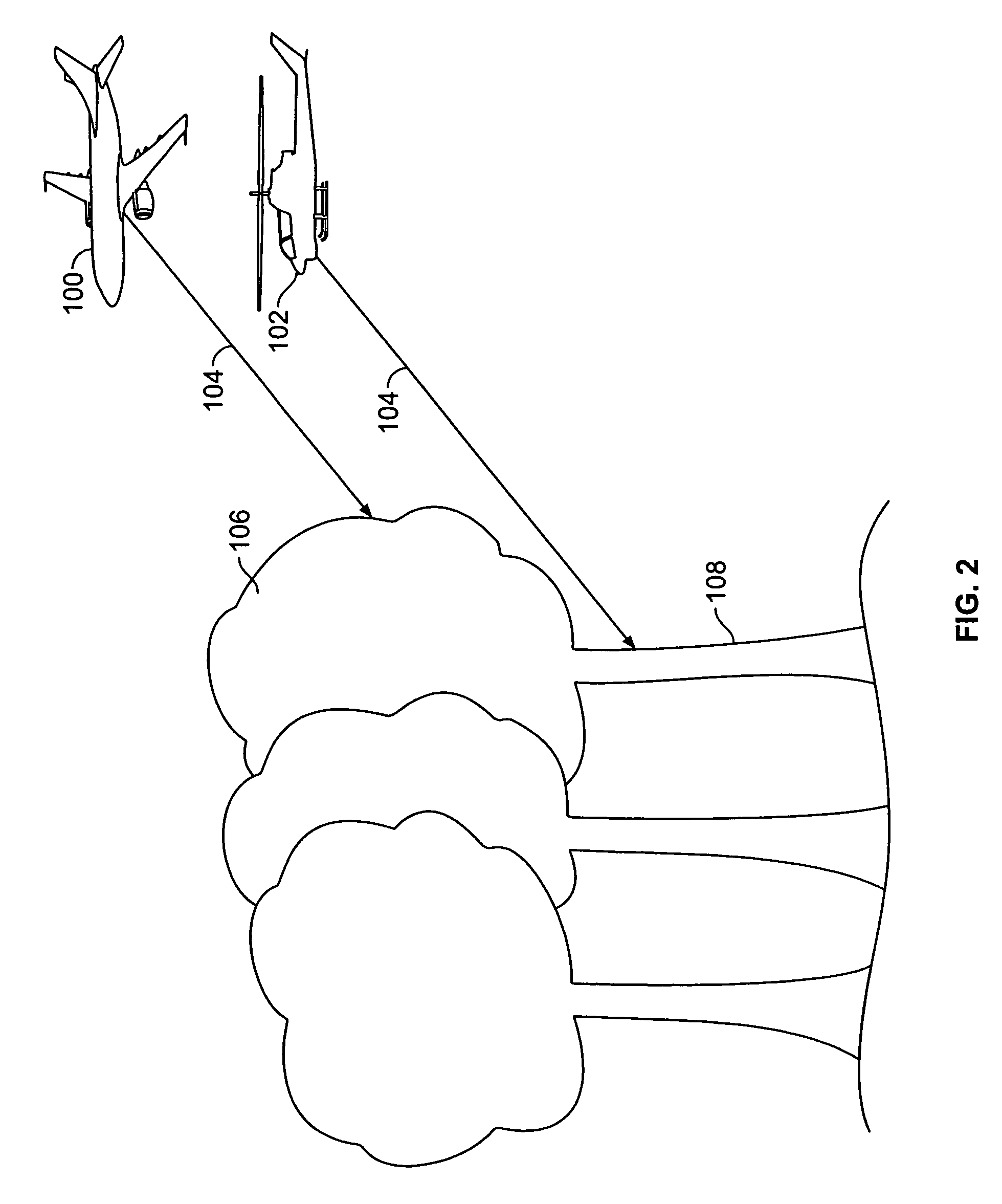Method of controlling fires
a technology of forest fire and control method, applied in the field of forest fire control system and method, can solve the problems of forest fires rage out of control, loss of forests, animals and even human life, and achieve the effect of widening the fire line and preventing fires from leaping the fire lin
- Summary
- Abstract
- Description
- Claims
- Application Information
AI Technical Summary
Benefits of technology
Problems solved by technology
Method used
Image
Examples
Embodiment Construction
[0020]While this invention is susceptible of embodiments in many different forms, there is shown in the drawing and will herein be described in detail, preferred embodiments of the invention with the understanding that the present disclosure is to be considered as an exemplification of the principles of the invention, and is not intended to limit the broad aspects of the invention to the embodiments illustrated.
[0021]In one embodiment of the present invention, a wild fire is determined to be present in a particular area. The presence of a wild fire may be determined by a land-based visual observation, as from a lookout tower, a spotter aircraft, by satellite, or by one of the many other methods by which firefighters are alerted to the presence of a wild fire. The presence of a wild fire is then communicated to a control center which begins the process of determining how to control and extinguish the wild fire.
[0022]According to one embodiment of the present invention, a control cent...
PUM
 Login to View More
Login to View More Abstract
Description
Claims
Application Information
 Login to View More
Login to View More - R&D
- Intellectual Property
- Life Sciences
- Materials
- Tech Scout
- Unparalleled Data Quality
- Higher Quality Content
- 60% Fewer Hallucinations
Browse by: Latest US Patents, China's latest patents, Technical Efficacy Thesaurus, Application Domain, Technology Topic, Popular Technical Reports.
© 2025 PatSnap. All rights reserved.Legal|Privacy policy|Modern Slavery Act Transparency Statement|Sitemap|About US| Contact US: help@patsnap.com



